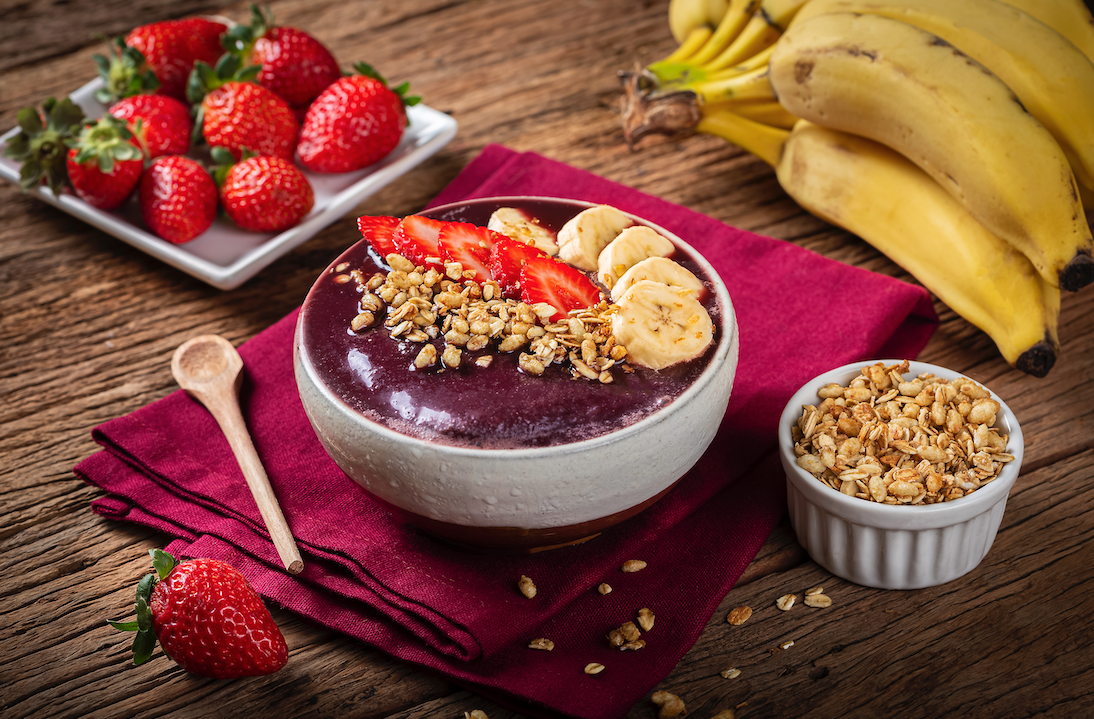
Hoodia
The Hoodia grows in Africa's Kalahari Desert and has been traditionally used by San folks to treat stomach pain and eye infections, along with the appetite suppressing property.
Usage
Reduce hunger
One of the main benefits is that Hoodia may reduce hunger, which some of the research could suggest.

How to add hoodia to your diet?
Make a Tea
Tea has a has a nice, clear taste.
As a Supplement
Available in liquid extracts, capsules, and powders.
In 2002, relevant institutions officially recognized the San tribe's people's rights over hoodia, allowing them to take a percentage of the profits from the marketing of hoodia.
San Bushmen are believed to have used hoodia to suppress appetite.
It grows in Namibia, Angola, and Botswana.
There are many species of Hoodia.
About
Studies initiated and conducted by the Council for Scientific and Industrial Research in South Africa in the early 1980s identified extracts that possess appetite-suppressing properties. Hoodia gordonii is presently the only sought-after species for trade due to the claim of its anorectic activity.
Growing H. gordonii outside its natural habitat (the Kalahari Desert) has proven to be extremely difficult so far. In addition, its cycle of maturation is very slow. As a result, H. gordonii is now listed as an endangered species and its export out of southern Africa is strictly controlled. This has led to fraudulation because of the high demand for H. gordonii for weight-loss products. Because of the many fake preparations that have entered the market, methods have been developed for the qualitative and quantitative analysis of Hoodia products.
Science
It is reported that hoodia is a rich source of pregnane, oxypregnane, and steroidal glycosides Experiments demonstrated that the combination in certain doses stimulates satiety and is indicative of a central mechanism of action. However, a pharmacokinetic study revealed that oral administration of Hoodia extract does not cause the same effect. The precise mechanism of its action has not been elucidated. Limited human clinical trials with H. gordonii have been done. An observational pilot research study was performed on obese participants and effects on body weight and appetite were assessed. One of the top-selling hoodia products was administered twice daily in the form of a capsule that contained 400 mg of pure H. gordonii per capsule. Reduction in appetite (500–1000 calories per day) and weight loss were reported in all subjects over the duration of 4 weeks. In a double-blind, placebo-controlled study, a group of obese free-feeding volunteers was treated with H. gordonii. This implies that, if given for a longer period, it may exert a pronounced effect.
Safety
Not much is known about the safety of hoodia. Its potential risks, side effects, and effects on other drugs and other supplements have not been studied in human trials.
The quality of hoodia products varies greatly. Some reports indicate that some products that are sold as hoodia do not contain hoodia at all.
The use of hoodia is not recommended for individuals with diabetes, because due to the lack of a feeling of hunger cues, sugar levels can decrease and lead to hypoglycemia. The same applies to pregnant women, nursing mothers, children, as well as individuals with liver and kidney diseases.
Fun Facts
It is illegal to export plant material in any form from Africa without a CITES certificate being issued by proper authorities.
-
Jain, S., & Singh, S. N. (2013). Metabolic effect of short term administration of Hoodia gordonii, an herbal appetite suppressant. South African Journal of Botany, 86, 51-55.
Wynberg, R., & Chennells, R. (2009). Green diamonds of the South: An overview of the San-Hoodia case. Indigenous Peoples, Consent and Benefit Sharing, 89-124.



